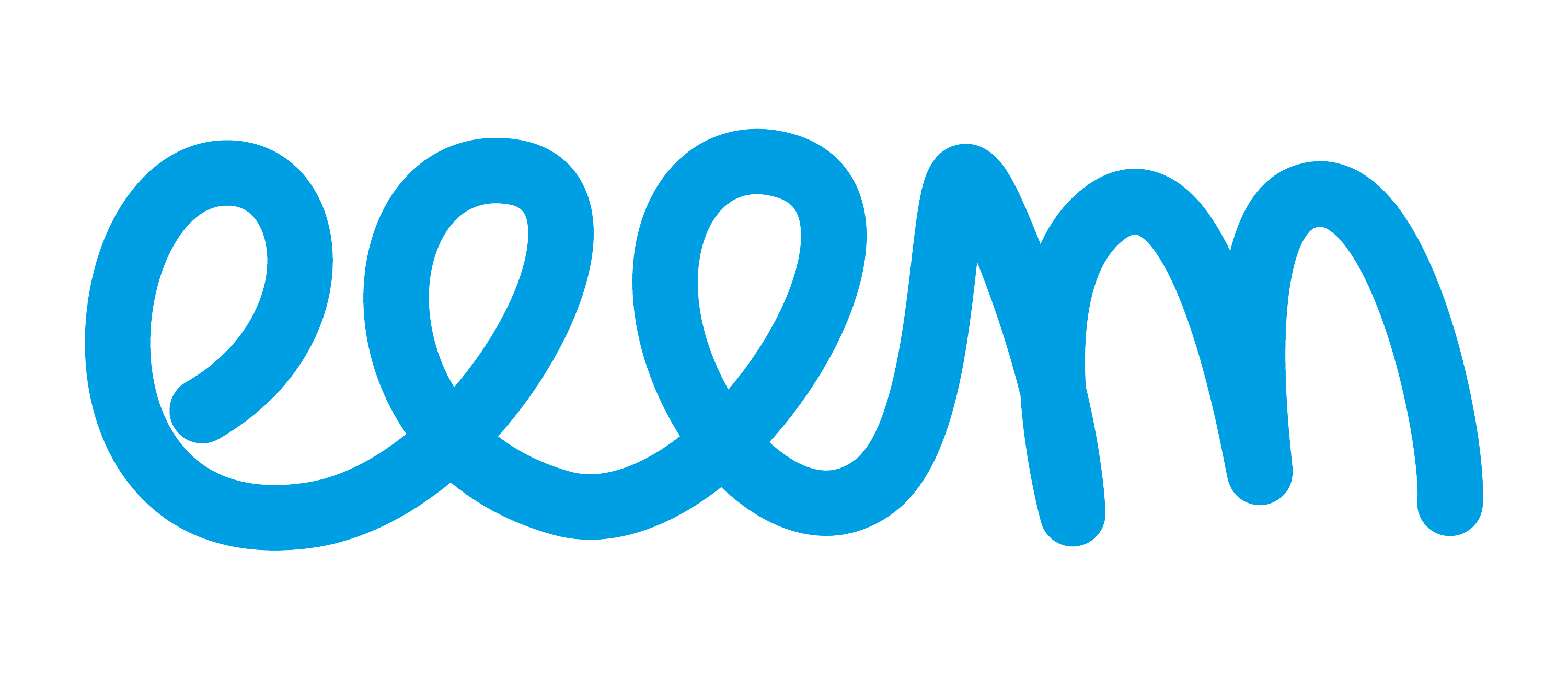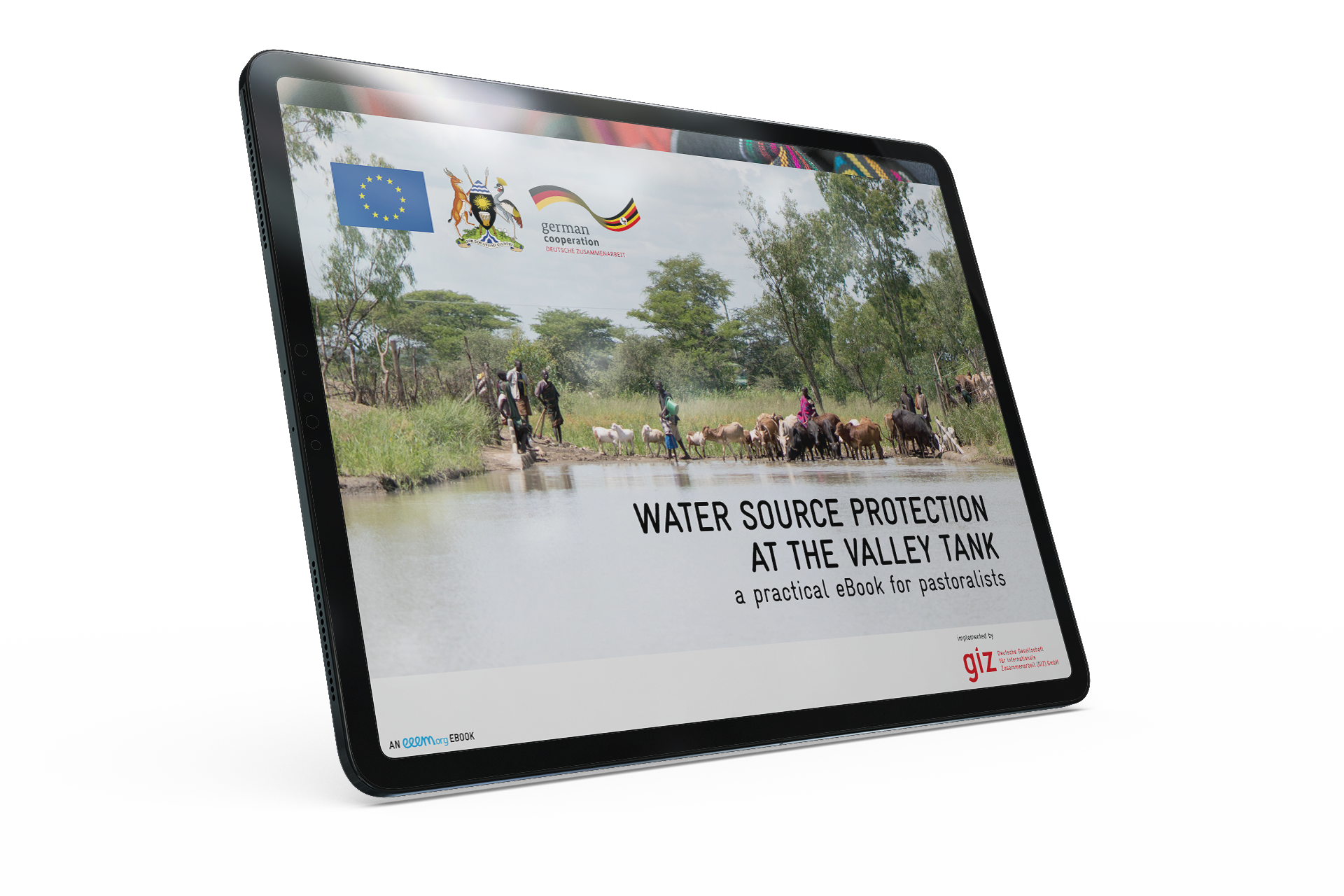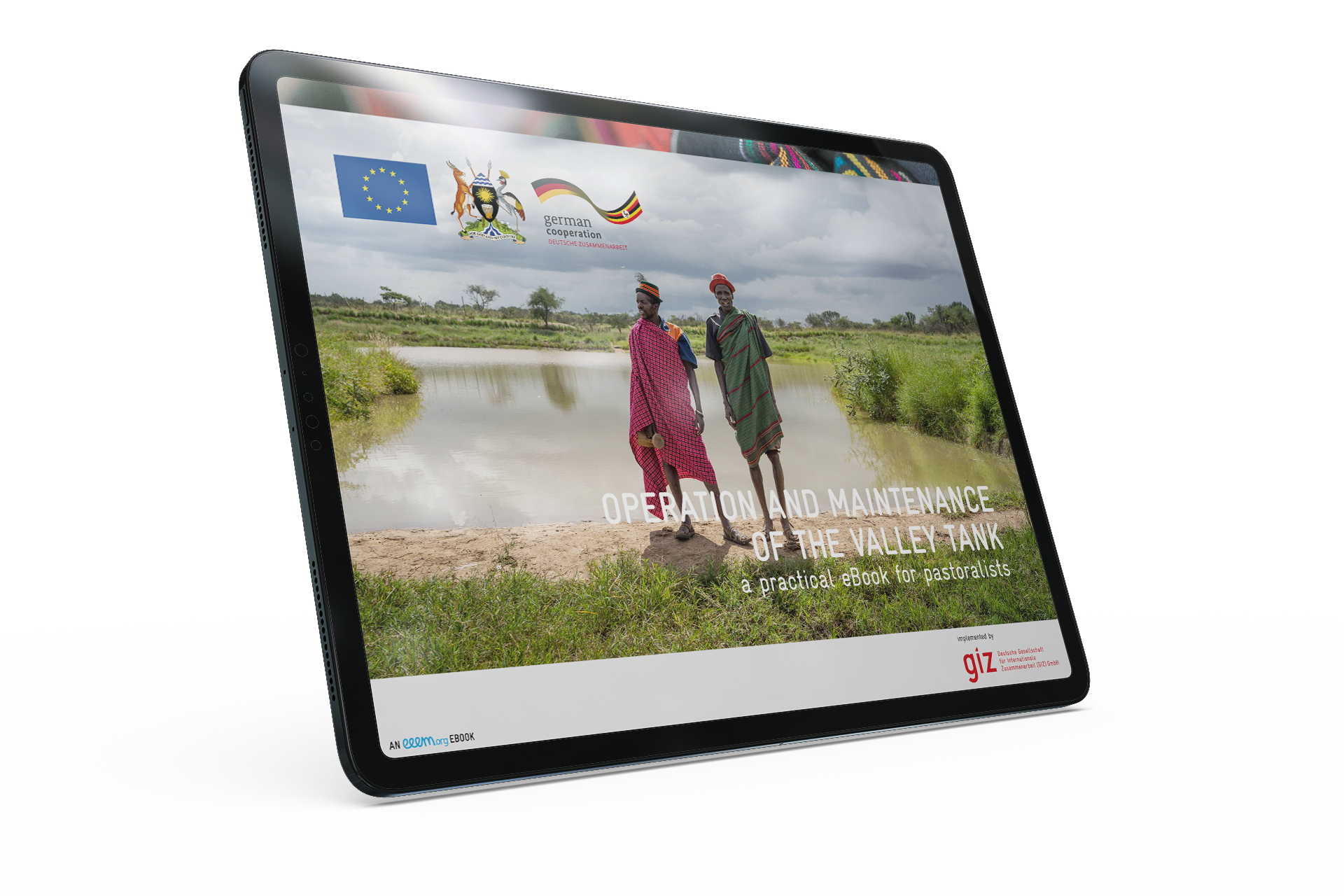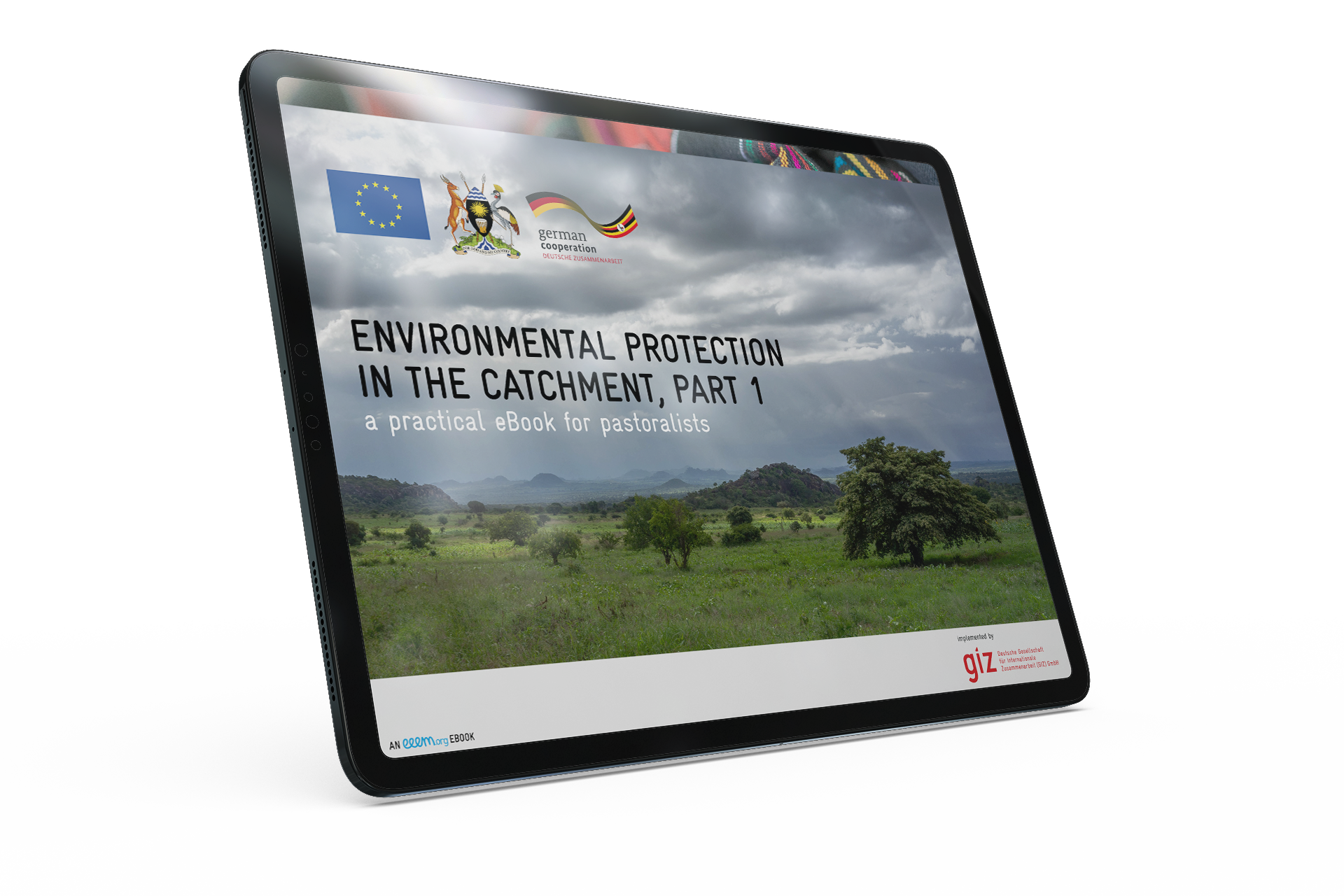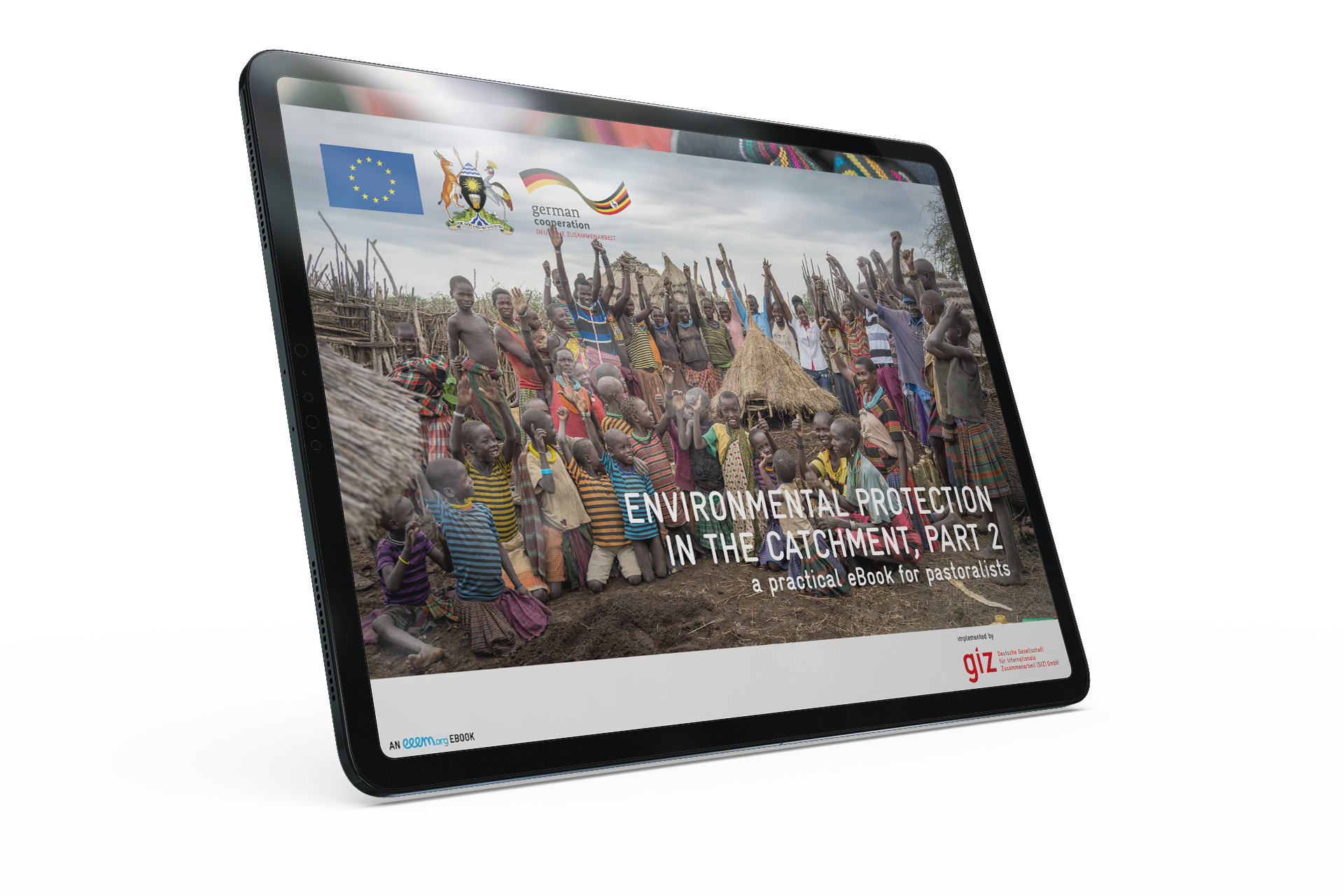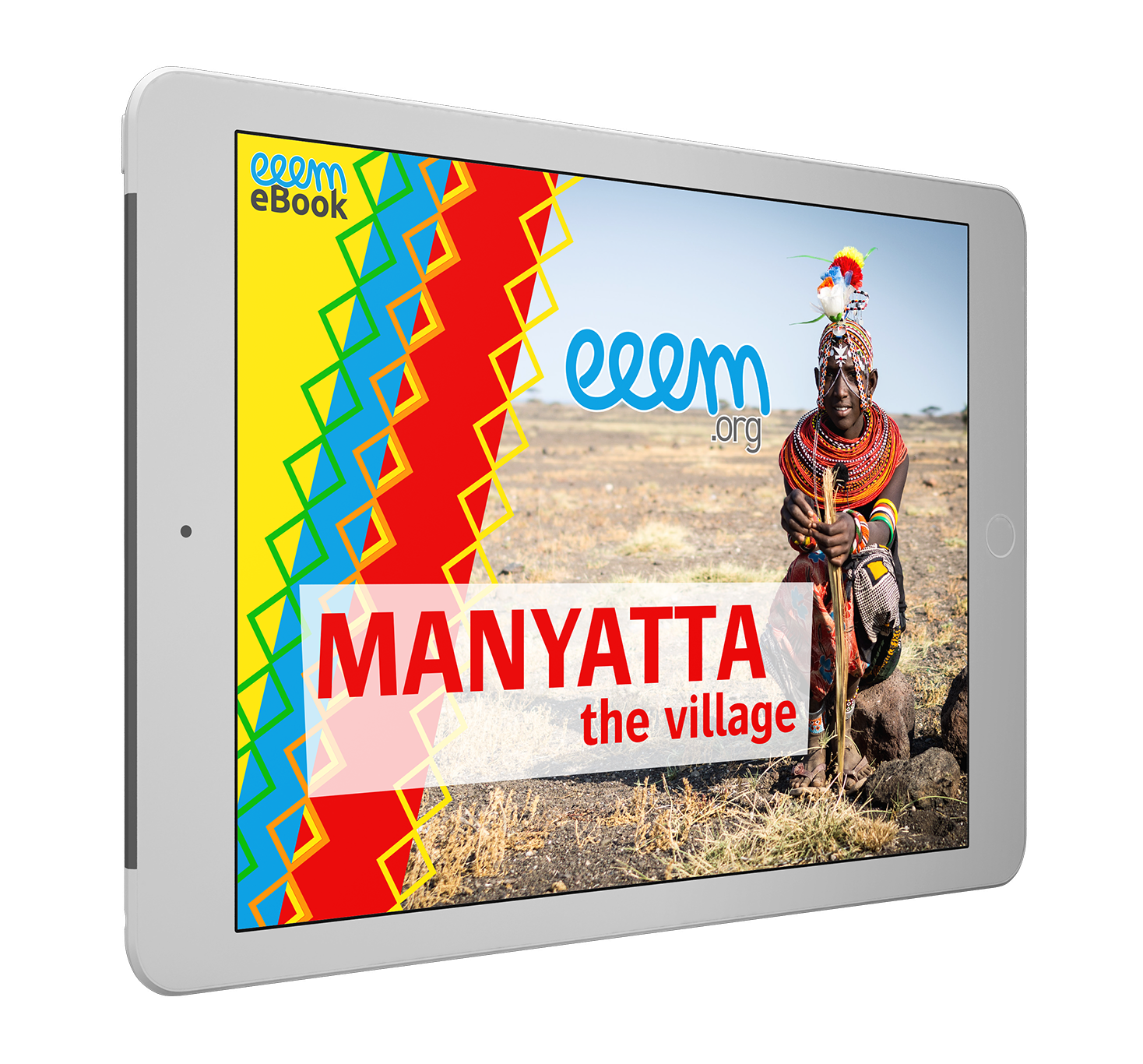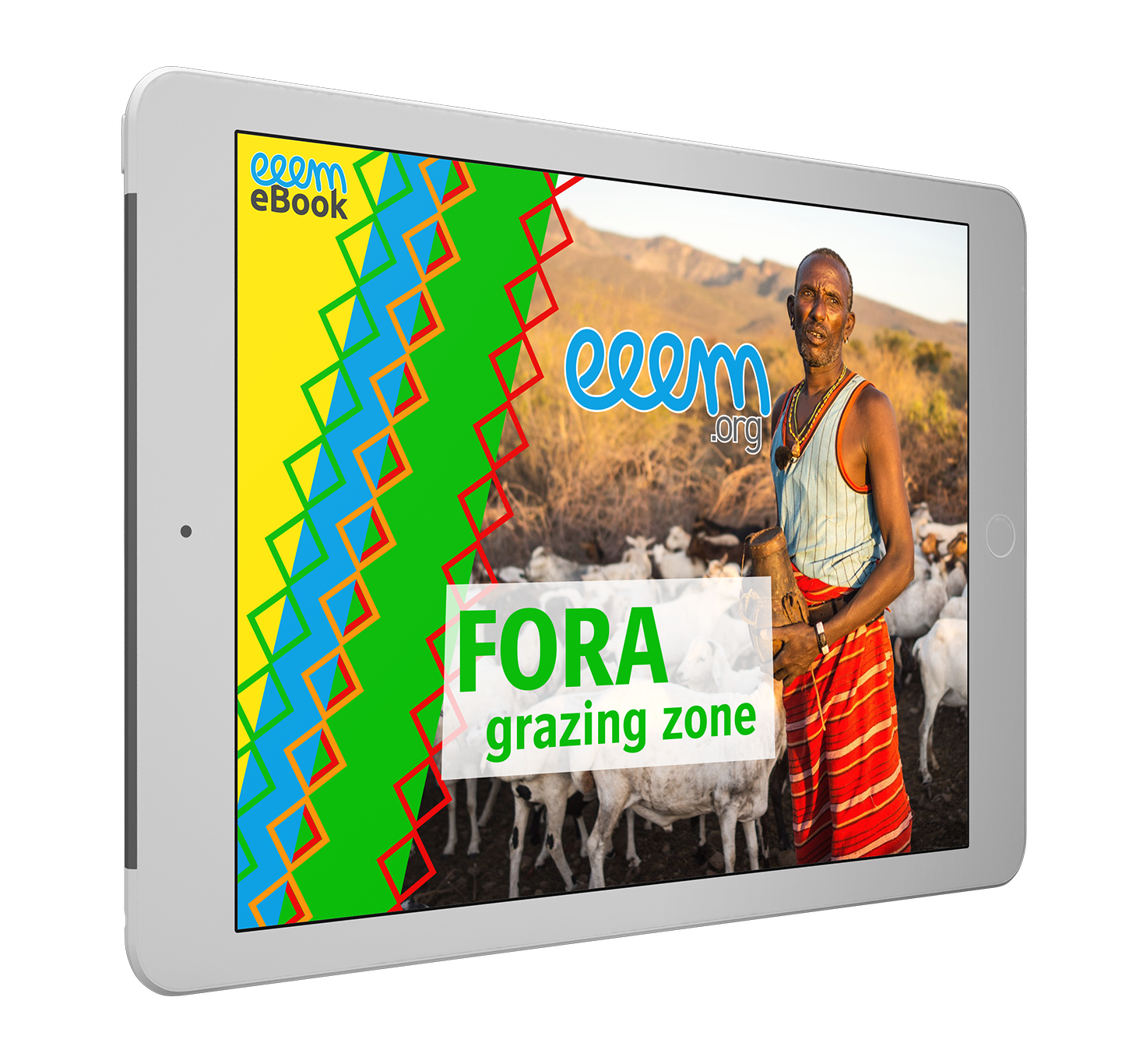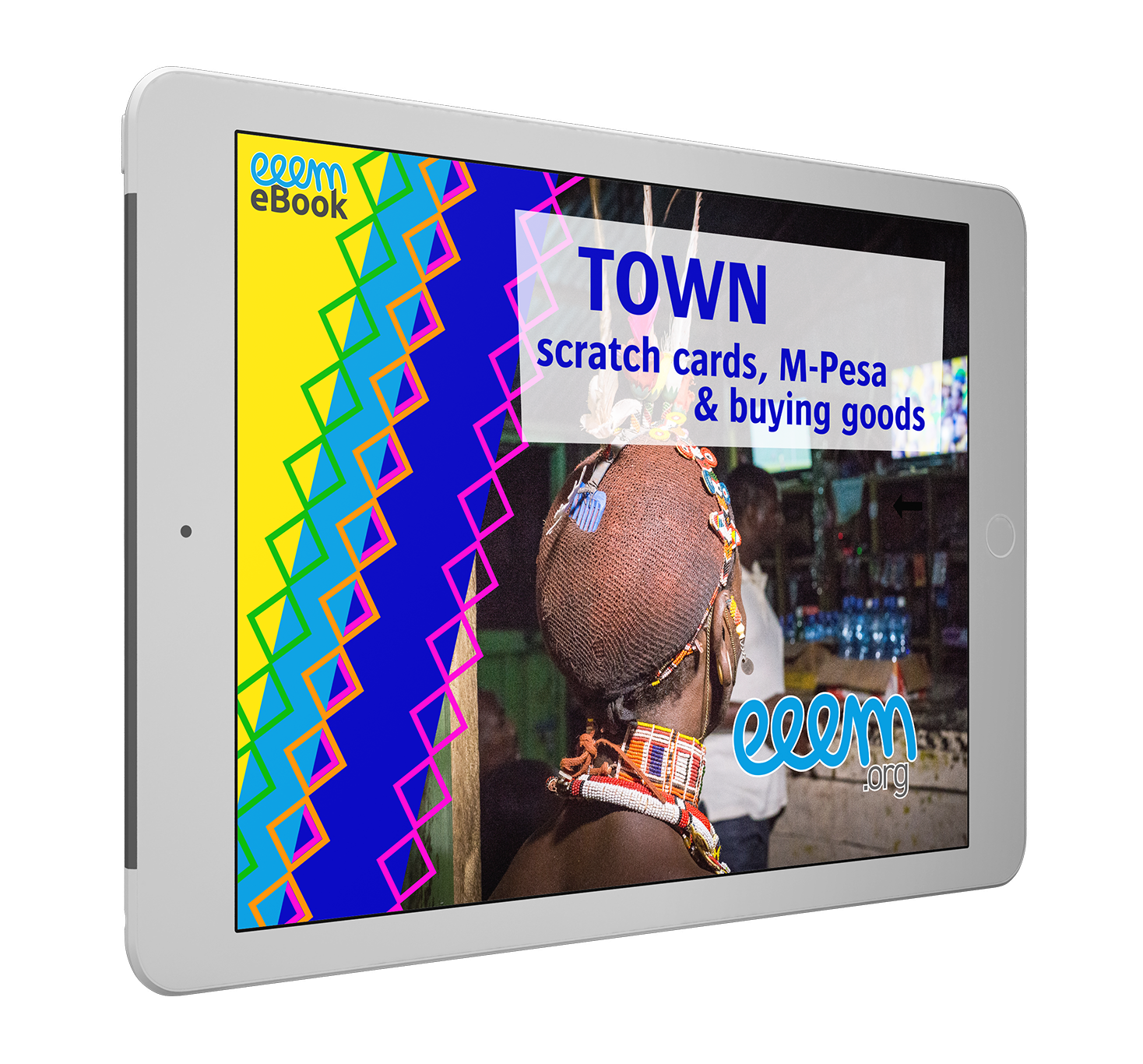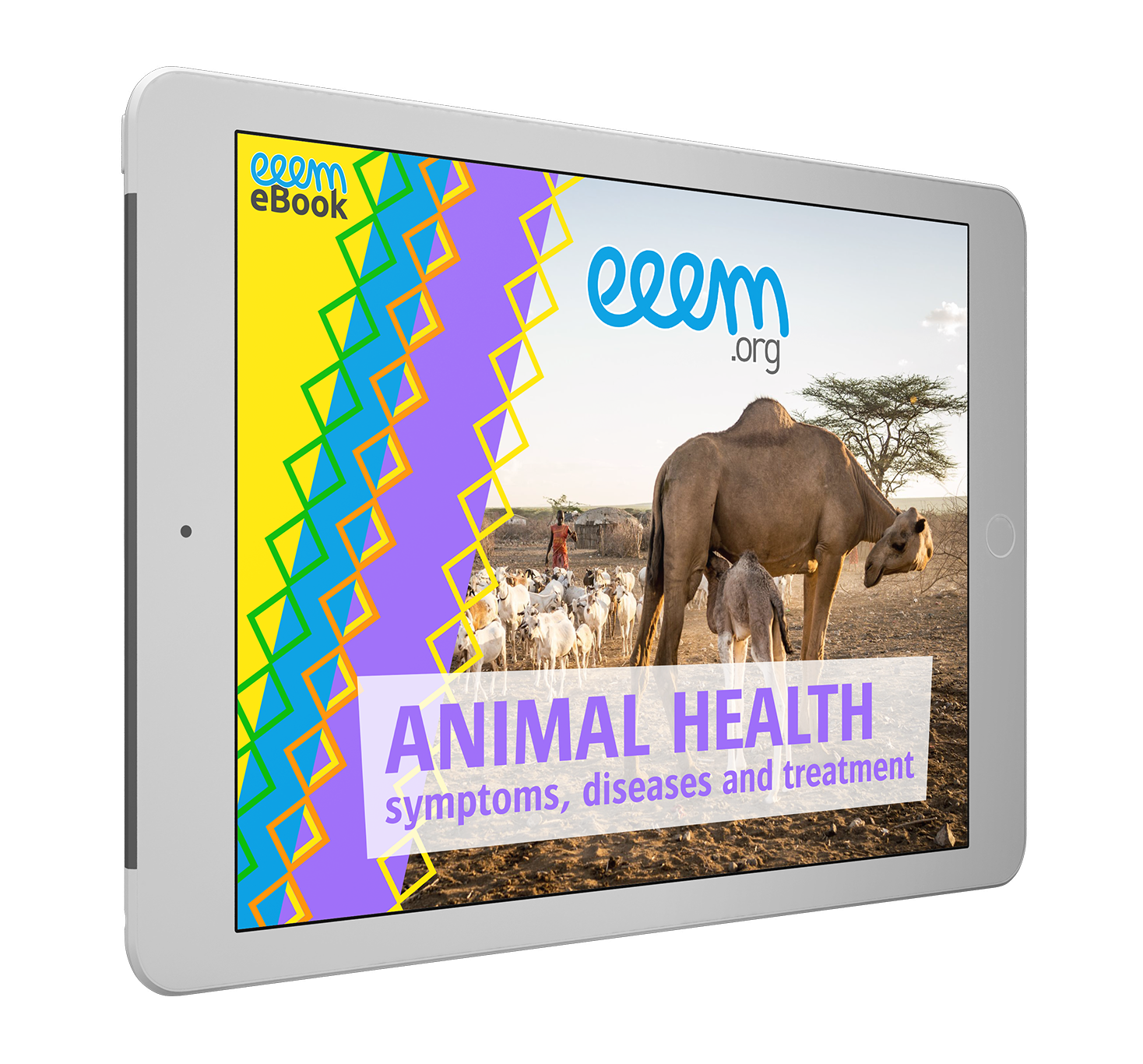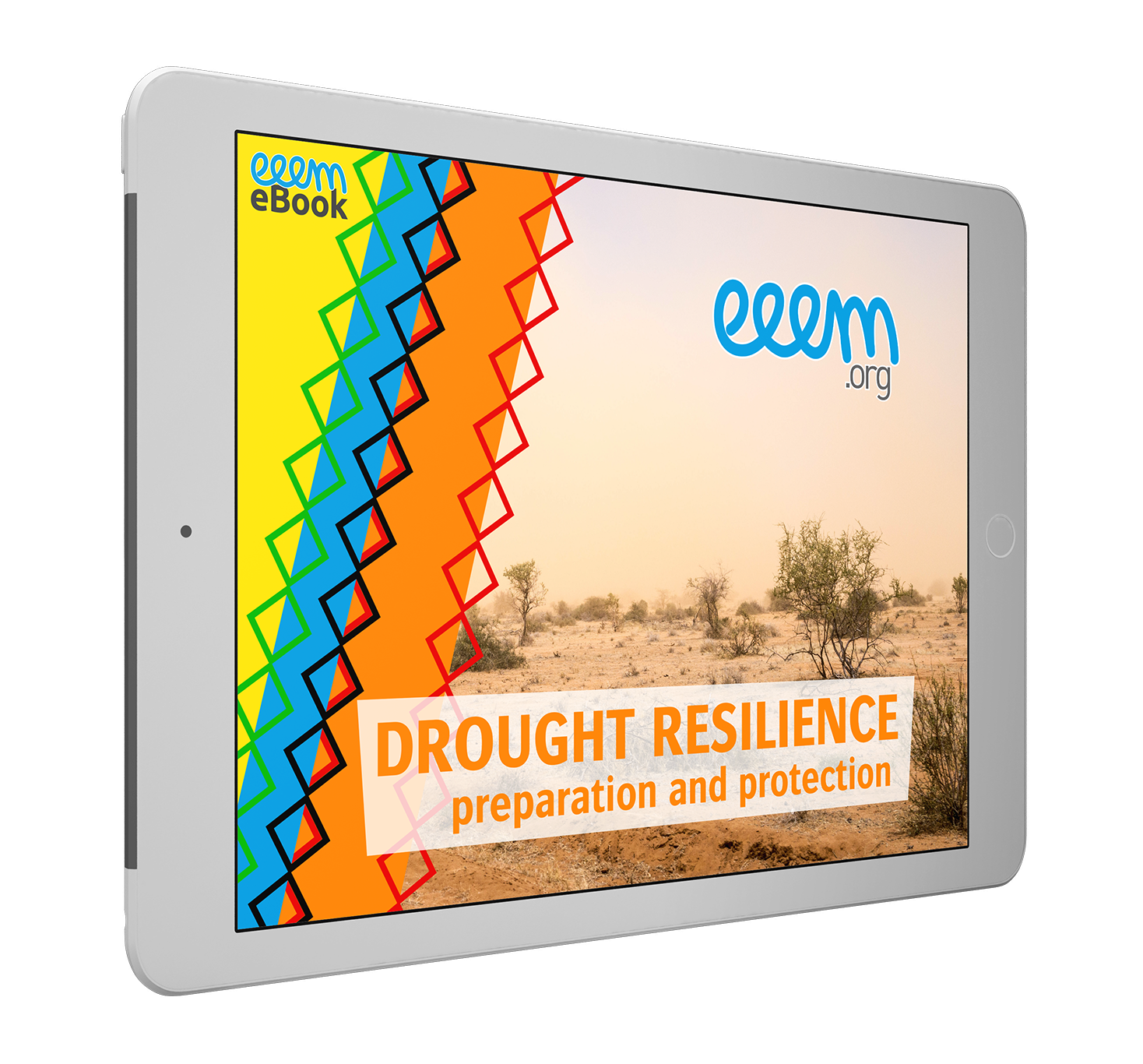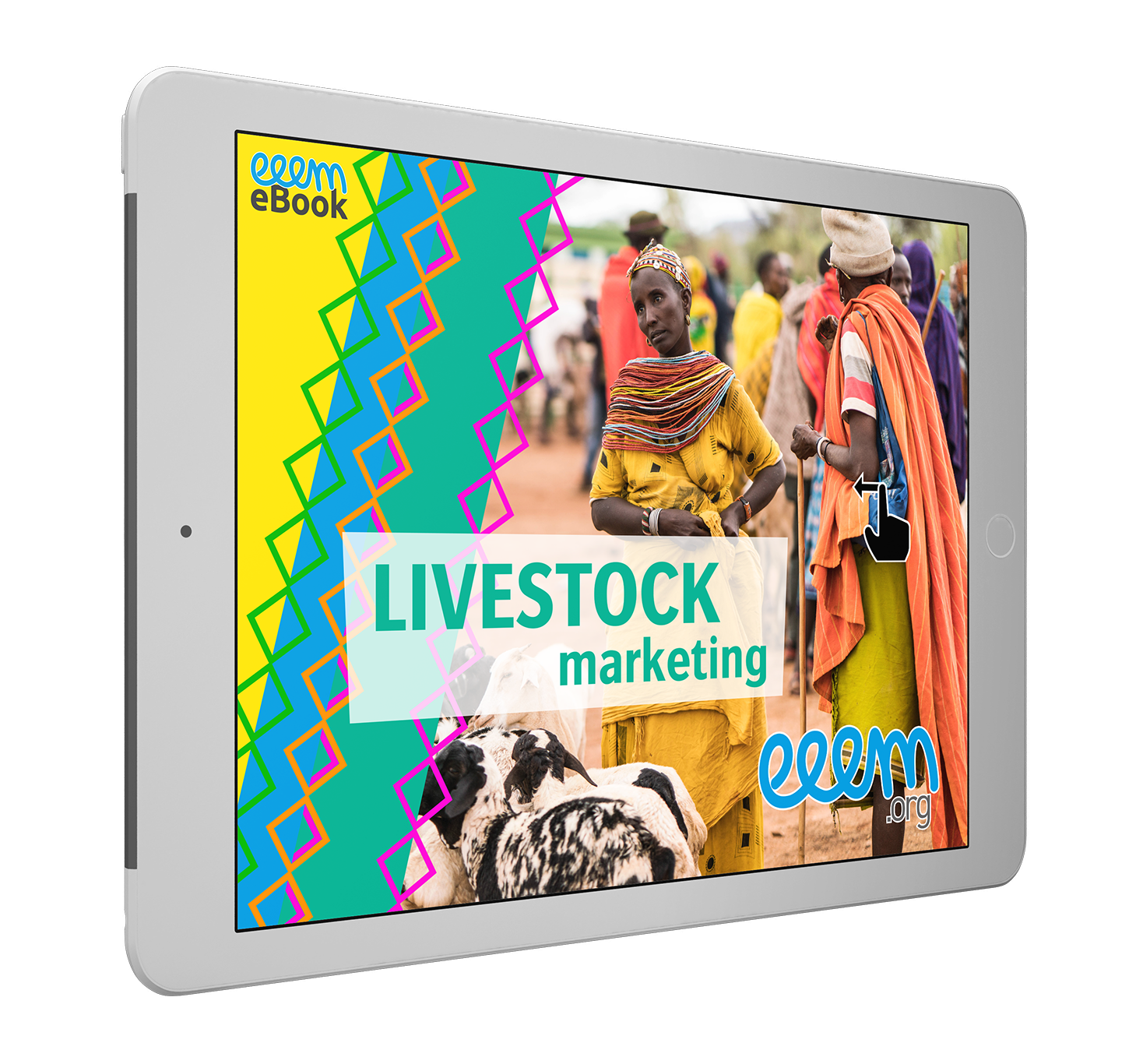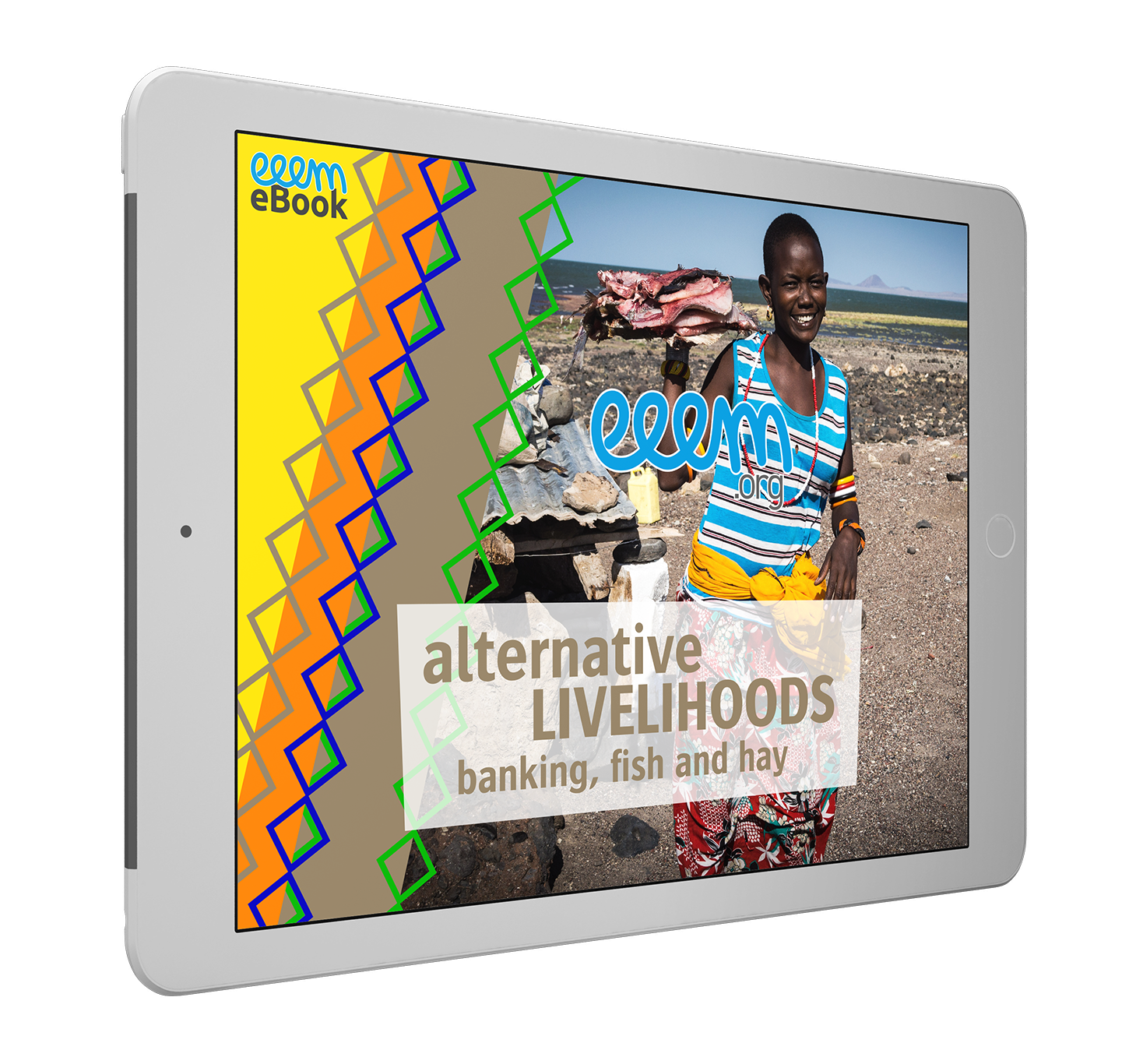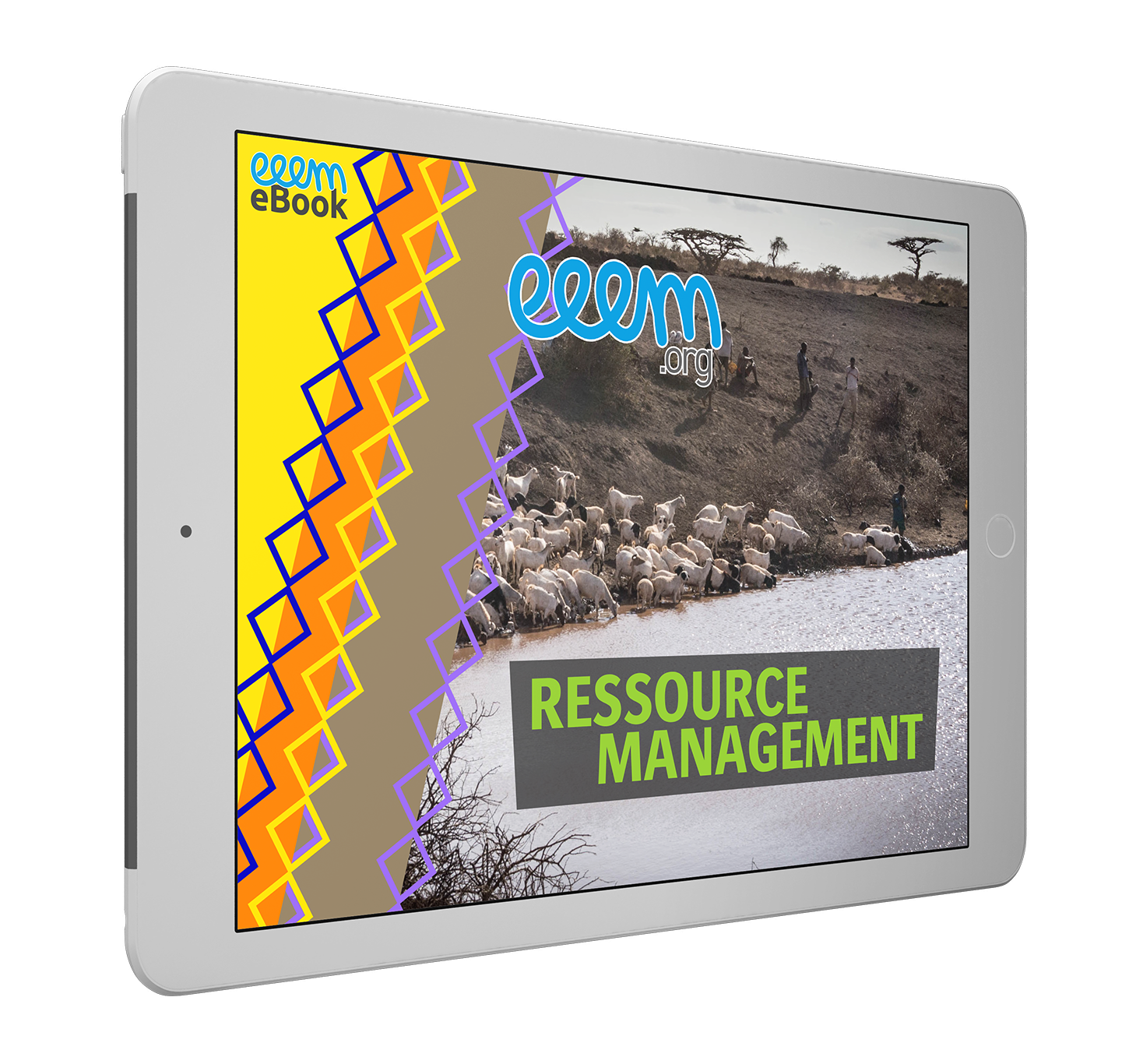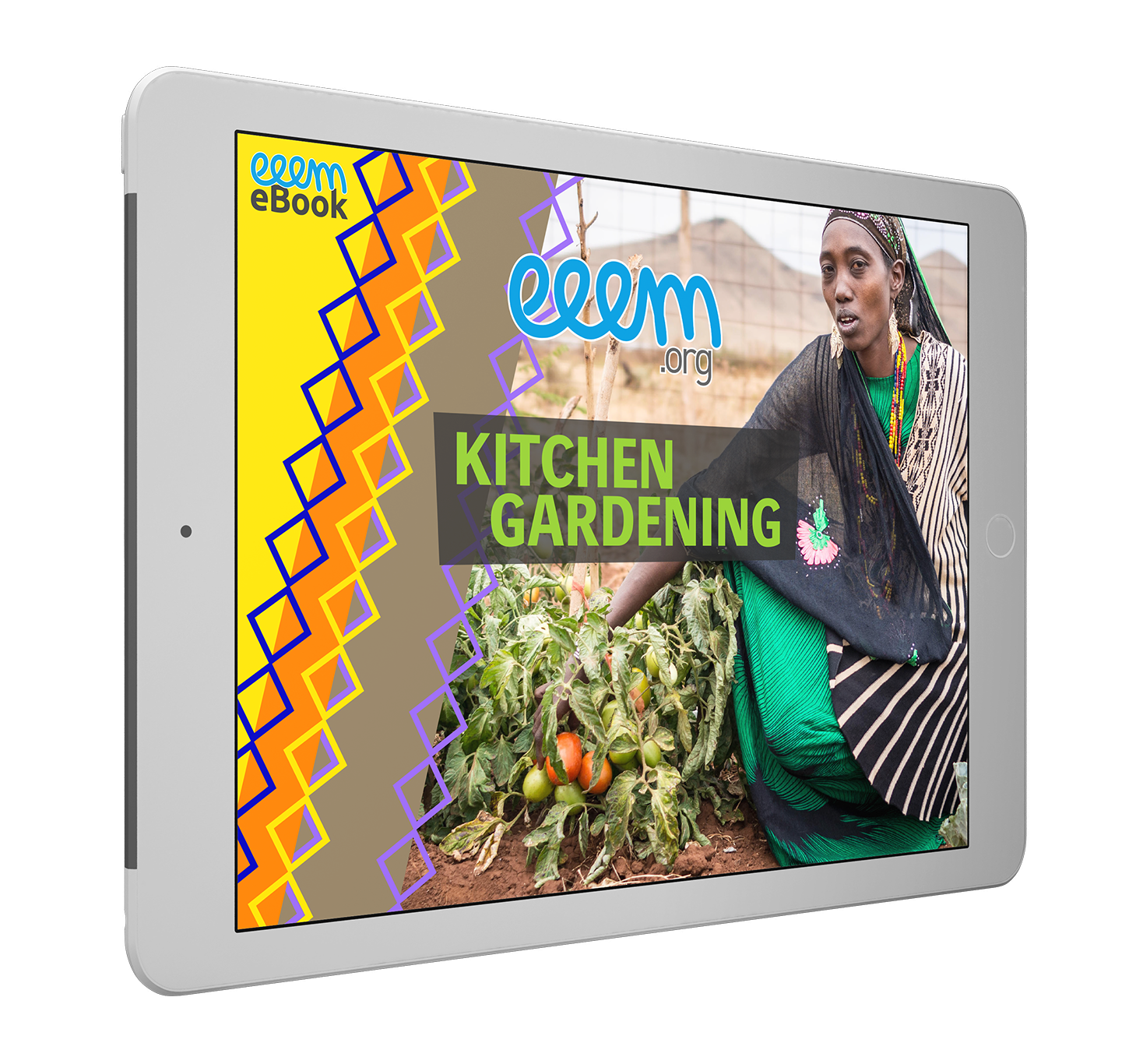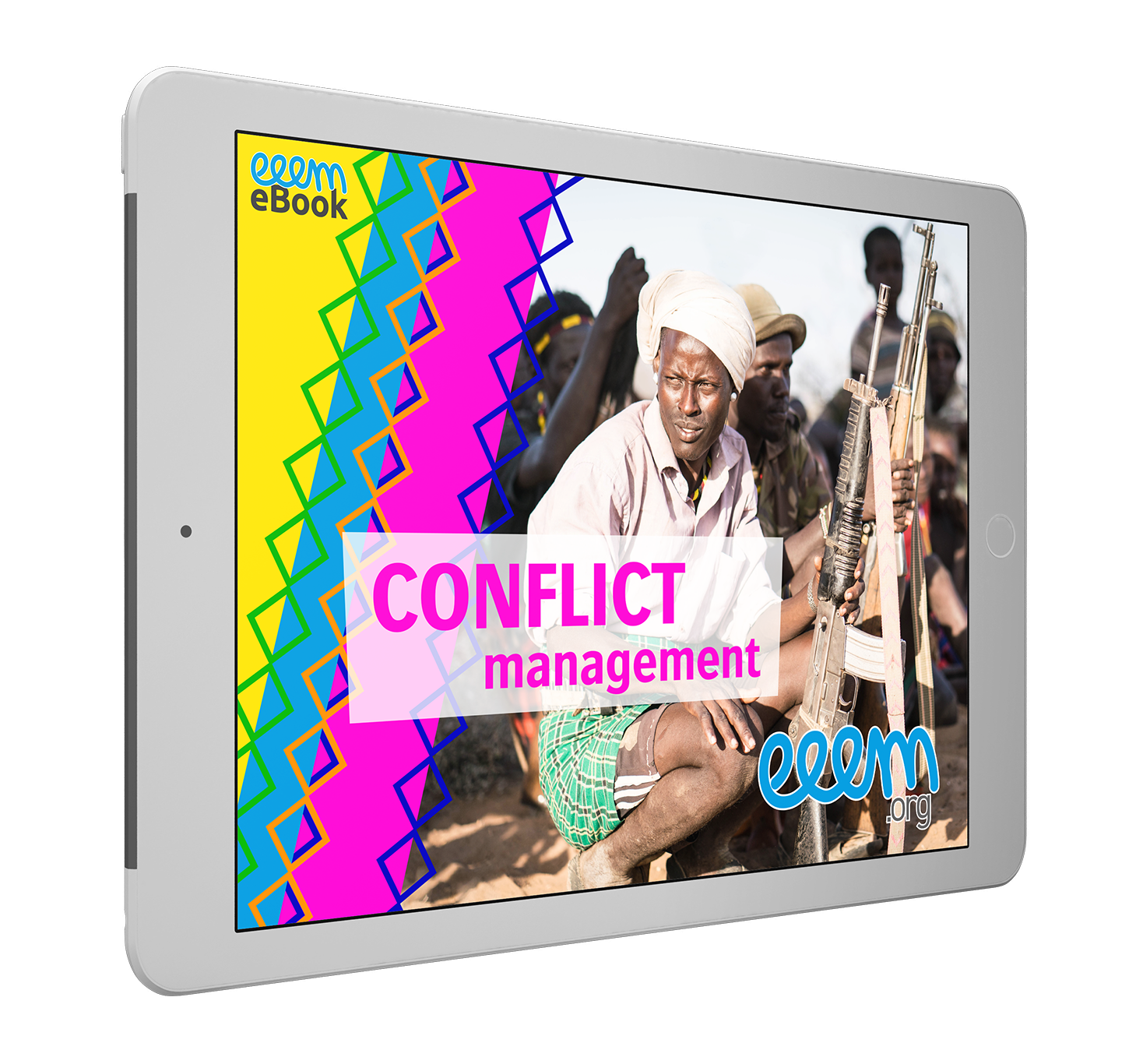eBook 1: Water source protection at the valley tank
Learning and applying practical crafts and/or skills:
– Planting of vetiver grass
– Tree planting at the valley tank
– Fencing of the valley tank
Understanding natural and physical processes:
– evaporation
– erosion and their dependencies
Transferring the physical processes of evaporation and erosion to a concrete situation at a valley tank:
– Learning the above-mentioned technical terms which do not exist in Karamojong by using the English words in appropriate contexts.
– Understanding the principal structure of a valley tank to avoid evaporation and erosion.

